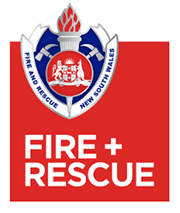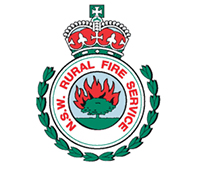Fire Safety
Medical oxygen safety checklist
The following is offered as a guideline for advice when medical oxygen is in use is private dwellings.
Fire & Rescue NSW recommendations
- Smoking is not permitted in any room containing Medical Oxygen
- Appliances containing an open flame (heaters, fireplaces etc) must not be used in any room containing Medical Oxygen
- Never permit any form of lubricant (oil, grease, baby oil, lubricating gel etc.) to come into contact with oxygen fittings or hoses. If you are using any of these thoroughly wash your hands before handling the oxygen fittings or hoses
- Ensure that compressed Medical Oxygen (Gas) cylinders, whether full or empty, are not placed near heat sources.
Safety tips
- Should oxygen equipment fail, contact the Ambulance Service of NSW immediately on triple zero (000)
- Check the heat deforming plastic indicator on the cylinder neck prior to use. If it’s deformed don’t use the cylinder and notify the supplier for a replacement
- Install a smoke alarm in the bedroom where the Medical Oxygen is being utilised, and one outside the room. Other smoke alarms should be installed throughout the household.
- Seniors who use Medical Oxygen should be included in the Fire & Rescue NSW’s Smoke Alarm Battery Replacement for the Elderly (SABRE) program
- Keep a list of necessary emergency telephone numbers, including the oxygen supplier, doctor, hospital etc. near the phone for easy access if required.
Printable factsheet
Medical Oxygen factsheet (PDF, 42Kb)
Fire & Rescue NSW Community Risk Management. Revised 13 October 2005.





